I have had the good fortune to work with Derek Russell through Creature Conserve’s mentorship program for the past three years—first as a mentee with artist Sophy Tuttle, and then as a mentor with Margaret O’Donnell and Shirlene Chiam.
Creature Conserve brings artists, writers, and scientists together to study, celebrate, and protect animals and their habitats. With Derek’s dedication and guidance, the mentorship arm of the organization has grown and developed into an innovative and supportive program with a wide reach.
Interview: Derek Russell
What is the focus of your organization, and how does this relate to the intersection of science, art, and writing?
I am the director of Creature Conserve’s Mentorship program, an organization dedicated to communicating science through art. My program pairs burgeoning artists from all across the globe with established Mentors in the art and conservation space over the course of six months. Together they endeavor on an art-oriented project interrogating some of conservation’s most pressing dilemmas.
Who do you hope to reach, and why do you feel this is important?
For many years, the disciplines of art and science were intentionally kept separate, and in many respects there was a hierarchy assigned to their relevance and impact. More recently, we have realized that artists are the bridge between scientists and the general public, communicating through a variety of media such as films, books, illustrations, graphic design, and now more recently through TikTok and Instagram. Still, for many this necessary relationship isn’t the most obvious. For me those are the people I intend to reach with my work, the ones who didn’t know that working at the intersection of art and science was possible.
What does your organization offer that isn’t found elsewhere?
Creature Conserve is incredibly unique organization, in that we network directly with artists working in the world of science. We offer workshops, professional development courses, and opportunities to participate in exhibitions. I can think of very few other organizations that offer resources directly to artists who are interested in using their work for social good.
What projects are you most excited about right now, and why?
Every year as our organization grows, we attract amazing new talent who bring in so many fresh perspectives. This is why I love leading our Mentorship program. I have the unparalleled opportunity to guide talented and ambitious artists from across the globe, and over time devise amazing careers for their artistic practice. This year, our program is the largest it has ever been, with 19 participants from 9 different countries and 5 continents. Soon we will have our final celebration, where every Mentee gets to present their work to the broader Creature Conserve community.
Does your organization partner with other groups?
Creature Conserve does partner with other groups! We have many initiatives that run all across the globe, like field research in Kenya, Guyana, and Namibia. We also partner locally with art-science groups such as the Narragansett tribe’s Tomaquag Museum, the Urban Soils Institute, and the National Museum of Wildlife Art.
Outside of your work with Creature Conserve, what do you do?
I am a sustainable architect who works in the field that we call ‘vernacular architecture,’ which is a typology that uses locally sourced materials and deploys climate responding design decisions. Most recently, I have been consulting with Fundación Raíz in the Ecuadorian Amazon, where I conduct community building workshops with the indigenous Siekopai.
What aspect of your work is most important to you?
As a kid who grew up in a low-income family, I always knew that there was a power in my art to help others. I never really felt comfortable making ‘art for art’s sake,’ and knew that anything I created would be for social good. Growing up in the Rocky Mountains of Colorado, nature played such an important role in my upbringing and my identity.
How are science, art, and writing part of your work, and how is the interaction between these areas important to you?
I was always lucky enough to be skilled in many different art mediums. In fact, for most of my life I never intended to be an architect, but an animator. For me, reaching audiences requires multiple methods of storytelling, which is why an intersectional approach to my artmaking and my collaboration with science is fundamental. It gives me an opportunity to be flexible and communicate with different groups of people in many different ways.
Is there a particular scientific or environmental problem that feels important to you? What do you do about that?
I’ve dedicated the early part of my career to climate migration and indigenous sovereignty. Learning to live on a changing planet is something we are still trying to understand, and many people will struggle if we fail to act. It’s why I chose to work as an architect, to begin by increasing access to our basic human needs, and expanding from there.
How does your identity affect your work?
I think this is an interesting and important question. For many years I was oblivious to the impact that my identity had on both my work and my personal life. I grew up in a Bush-era military community, where the common saying was “don’t ask, don’t tell.” So in a way, queerness was rendered invisible. It wasn’t until I left my home that I truly began to understand my identity. It’s ubiquitous really, the way our thoughts, upbringing, and even our proximity to nature, influence our way of understanding the world. While my art is not always expressly queer, it’s the queer lens of understanding the world that is always funneled through my work. In architecture, we talk about the concept of “queer spaces,” a sort of liminal countercultural space of comfort that exists outside the way we understand power dynamics in a normal building. These spaces, either conceptual or literal, imagine new paradigms that reject damaging social norms associated with patriarchy or heteronormativity. It’s this sensibility that I bring to my humanitarian work, offering alternative spaces for groups that don’t align with the status quo.
Who/what influences and inspires you?
I think Julia Watson, the author of Lo-TEK, Design by Radical Indigenism, has had a big impact on the direction of my career. Her work showed me that my interests as an artist could become a viable career, and offers one of the most important arguments that I’ve seen in the architectural discourse for some time: that indigenous technology is both modern and innovative.
I would also like to shout out my favorite film of all time, a short little animated piece by Kunio Kato titled “House of Small Cubes.” This first time I watched it, it left me speechless. I knew then that communicating the environment through empathy and story was possible and beautiful.
Branching Out
Rooted (Stuff I like, maybe slightly off topic.):
Check out the Clear + Vivid Podcast with Alan Alda (available wherever you get your podcasts). I especially enjoyed the episode with Ed Yong and Liz Neeley (July 2022), as they touched on some ideas I’ve been thinking about for my upcoming talk at the Creature Conserve Mentorship Showcase.
Rounded (Preview of coming attractions.):
So many good things happening at the Wild Wonder Foundation!
Reaching (A question for you!):
What organizations or people do you know of that address the intersection of science, art, and writing?

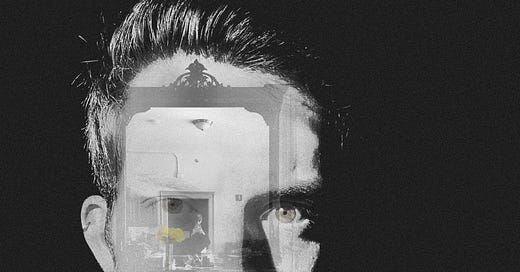



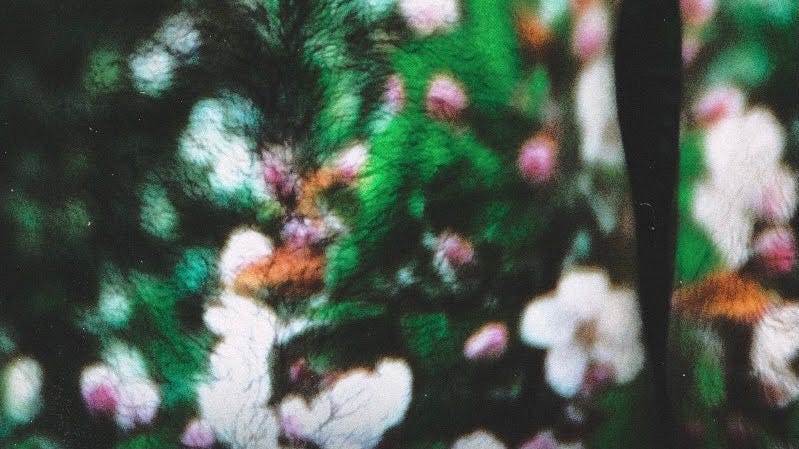
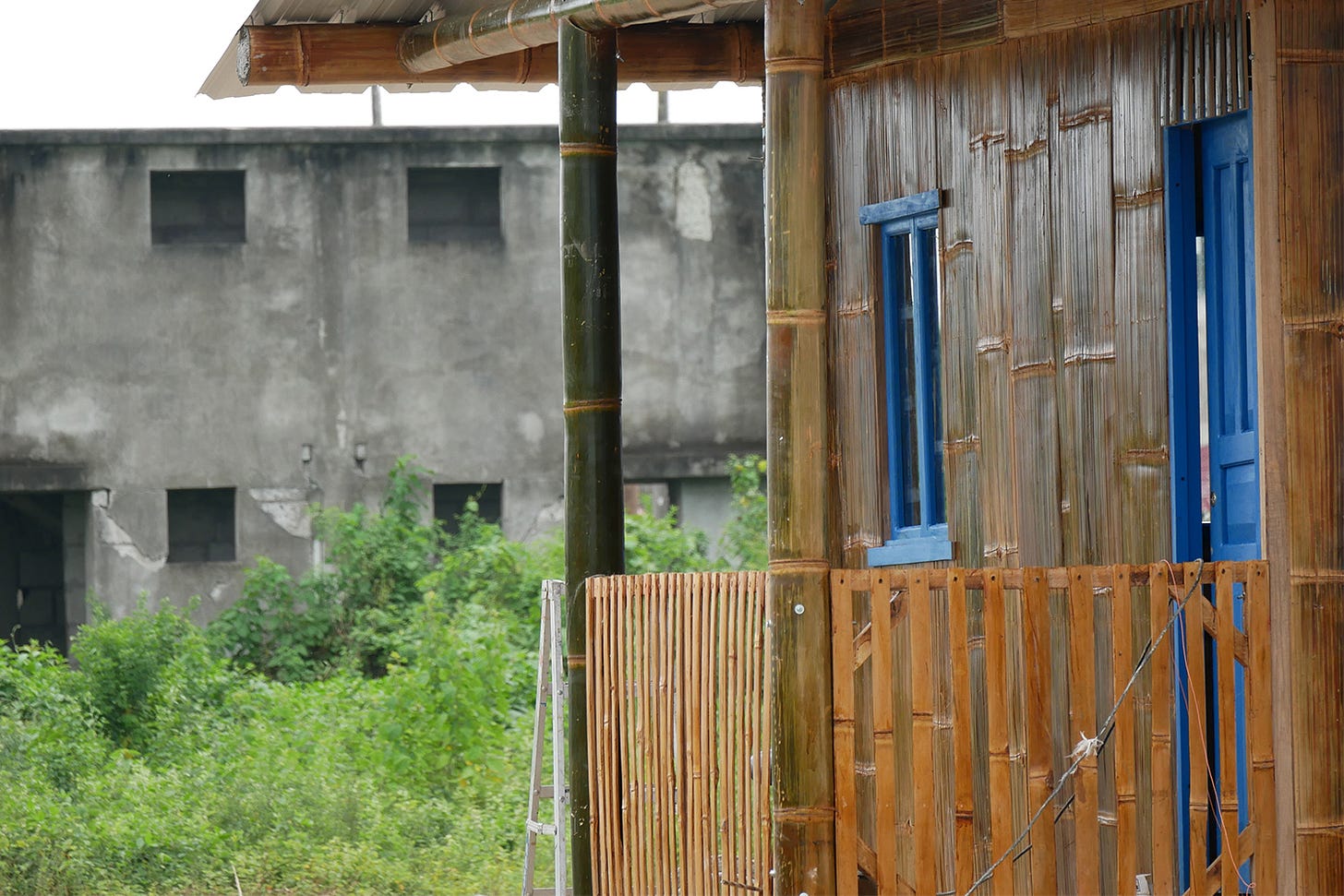
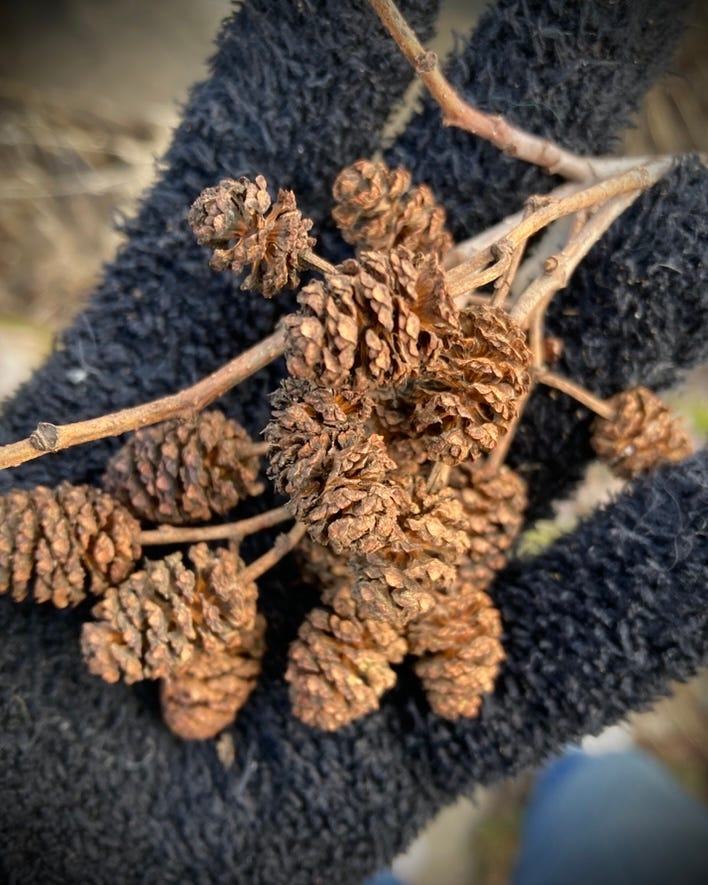
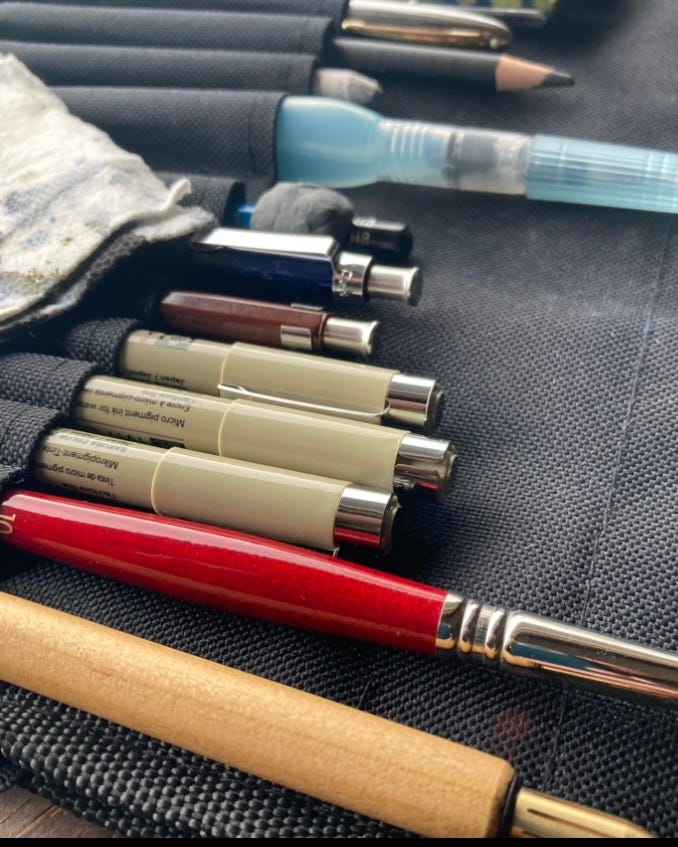
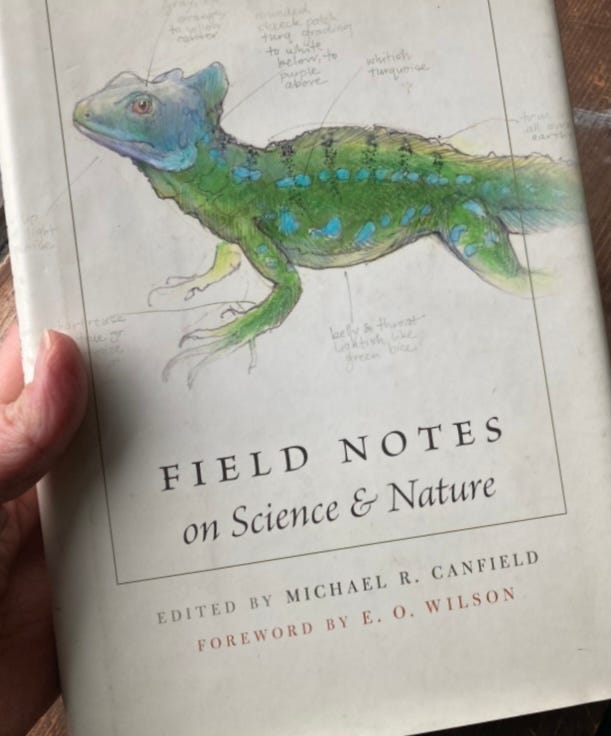
Well done; captures the intersection of science, art, writing, & person. Now I can grasp the attraction for you.